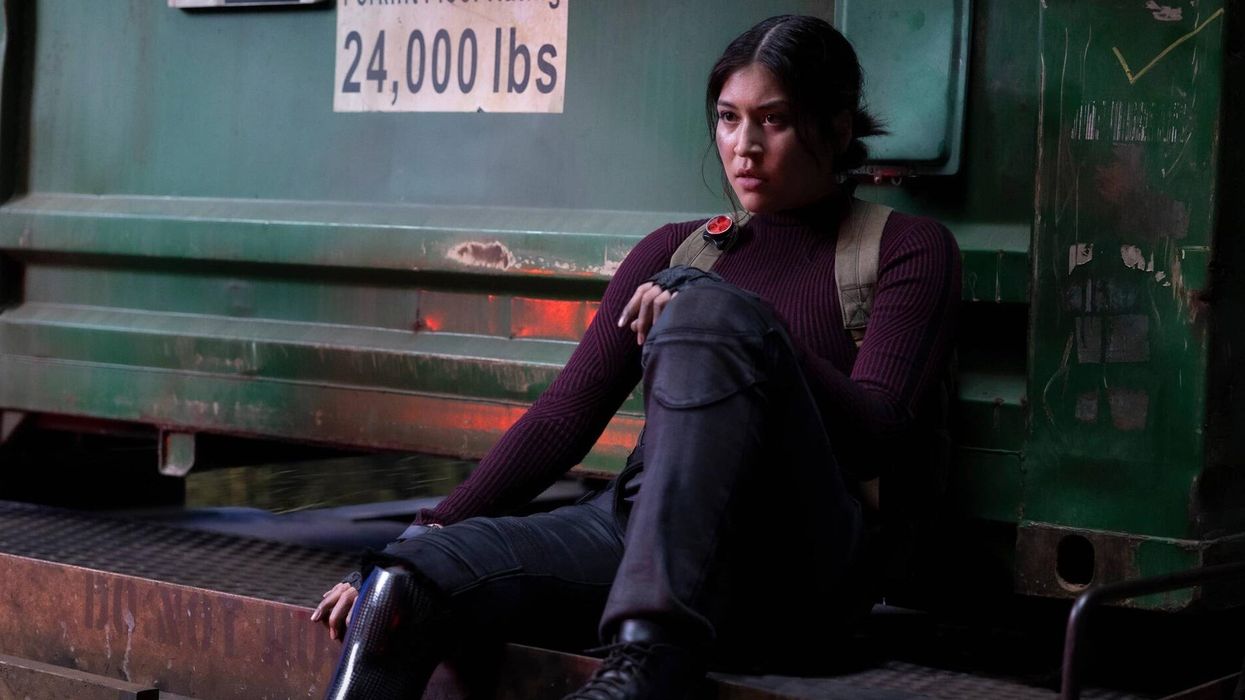A UCLA Report On Hollywood Finds the Top Shows Are More Diverse
Having a cast reflective of society will get you more viewers.

'Echo'
Every year, we're given an opportunity to look at the changing landscape of television to see how shows are rating and whose voices are standing out.
This year, UCLA has released its 10th annual Hollywood Diversity Report. It measures diversity in sex, gender, race/ethnicity, and disability in media. Researchers gathered data from 521 live-action, scripted shows (99 broadcast, 112 cable, and 310 digital) that aired in the 2021-22 season. They examined race/ethnicity and gender for key job categories, plus disability status for actors, to see who is actually being hired.
Ana Christina Ramón, co-founder of the Hollywood Diversity Report at UCLA, said, “We have closely examined the people and stories the industry chooses to invest in. Over the last decade, we’ve developed and refined this annual breakdown of cast, director, show creator, writer and audience. The data is clear: more work needs to be done.”
But there's good news as well.
This year, one of the main takeaways was that most of the top-rated shows wound up having diverse casts. The study also showed that we now have the highest share of show creators who are people of color or women in broadcast and cable.
Shows like Stranger Things and Hawkeye featured diverse casts and had characters with disabilities. they were among the most-watched shows as well, proving audiences are not turned off by those kinds of characters. But they were also among 1% of shows on their respective platforms that had characters with disabilities. and that has to be better.
It's not just who was in front of the character, but we saw increases in diversity behind it. the study found that diversity in creators, both in terms of race and gender, increased for broadcast and cable. The percentage of creators of color for new shows increased to 26.7%, and an increase in the share of people of color and women credited as writers.
So, where do we need improvement?
Darnell Hunt, who co-founded the report, wants to see financial commitment from Hollywood on diverse shows with diverse creators. He said, “Over the past 10 years, we’ve seen that audiences expect and respond financially to diverse content in both film and television. But we’ve also recently seen the loss of leaders in diversity-related positions within the industry, the axing of pipeline initiatives and training programs, the cancellation of shows led by women and people of color--all in the name of cutting costs.”
Hollywood has been reluctant to give the kinds of budgets they give to white men to people of color. White male creators were given bigger budgets. The study found almost 50% receive more than $3 million per episode and around 2% receive more than $20 million budgeted per episode in digital and cable. The majority of shows created by women and people of color received less than $3 million budgeted per episode across all platforms.
Where do we go from here?
These reports are always eye-opening because they point out just how much or how little things are changing. The happy parts of this one show a much wider range of representation and diversity when it comes to creators.
But budgets need to rise to help those new voices stand out and to help those shows reach a wider audience.
It also seems like we have a long way to go when it comes to seeing disabilities on screen. Highlighting that fact may help writers and executives develop characters in a different light.
Check out the whole report here!
- The Warner Bros. Discovery Situation Is Worse Than You Think ›
- Did Diverse Movies Save the Box Office? UCLA Diversity Report Says Yes! ›
- Major Studios Still Failing at Hiring Women and People of Color to Direct ›
- UCLA Theatrical Diversity Report 2023 ›
- Is Diversity a Risk for Streaming Viewership? Absolutely Not, Says UCLA Report | No Film School ›












